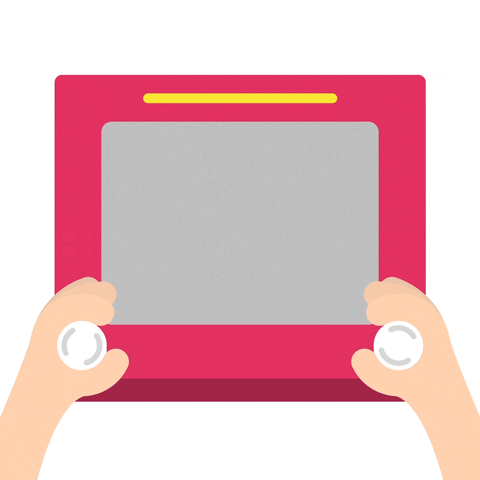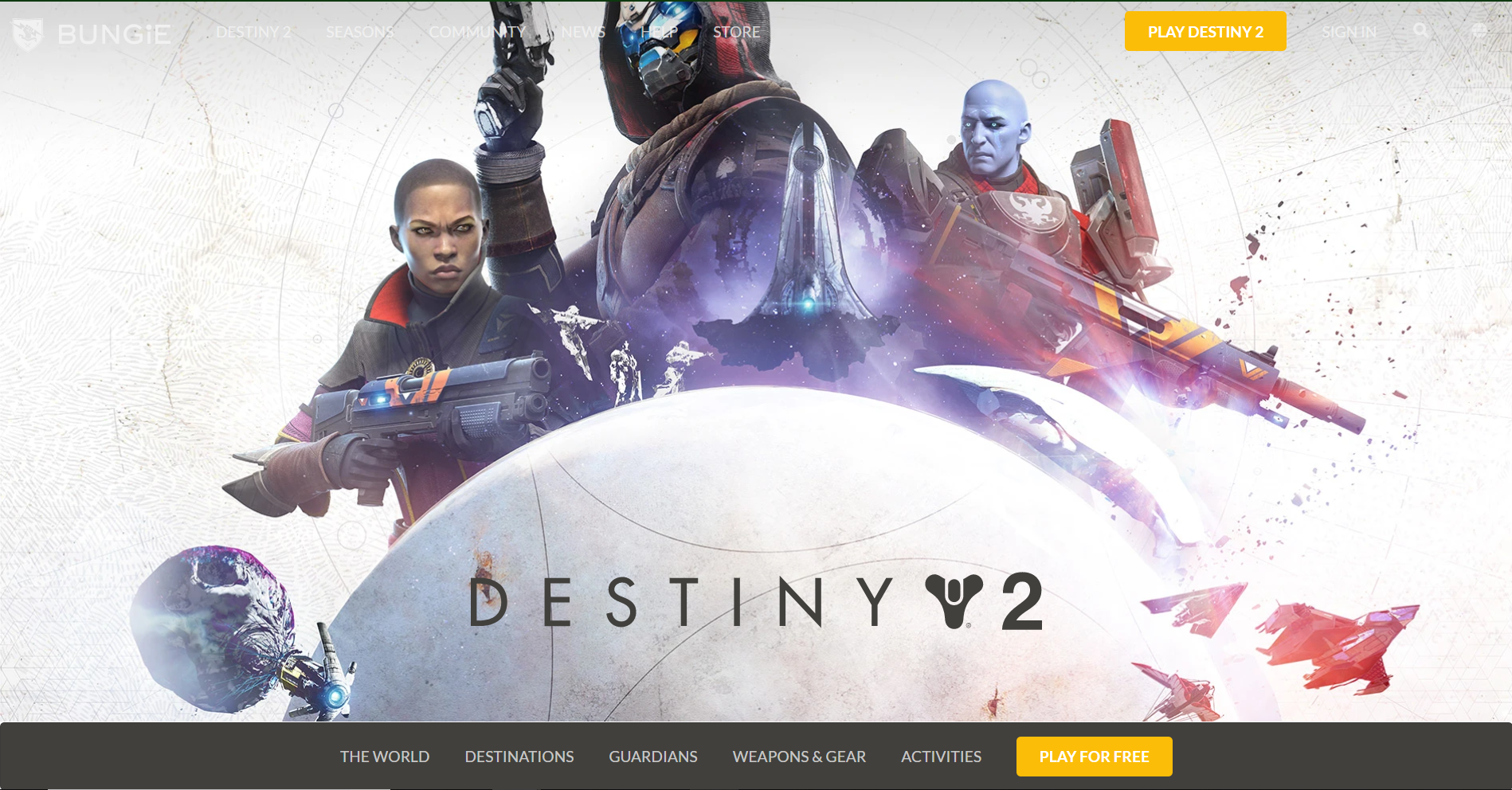Practical Coding With Semantic UI
26 Feb 2020From Text Changes to Professional Websites
 Coming into understanding UI Frameworks, I basically had zero knowledge of what it would look like. I have helped out friends with their Tumblr pages years back, but I never really understood how concepts like HTML and CSS worked. Although people said learning was going to be easy, I was quite daunted by the idea that I could make a whole website in less than 2 weeks. And boy was I wrong. After understanding a bit of how HTML and CSS functions, I realized that although there is a lot of memorization for specific parts initially, the overall usage of these tools was very streamlined. I went from putting small texts in a static web page, to creating entire websites that have functioning hyperlinks and a somewhat decent design. But even though it was quite the feat on its own, I knew it wasn’t gonna just stop there at some early 2000s looking web designs.
Coming into understanding UI Frameworks, I basically had zero knowledge of what it would look like. I have helped out friends with their Tumblr pages years back, but I never really understood how concepts like HTML and CSS worked. Although people said learning was going to be easy, I was quite daunted by the idea that I could make a whole website in less than 2 weeks. And boy was I wrong. After understanding a bit of how HTML and CSS functions, I realized that although there is a lot of memorization for specific parts initially, the overall usage of these tools was very streamlined. I went from putting small texts in a static web page, to creating entire websites that have functioning hyperlinks and a somewhat decent design. But even though it was quite the feat on its own, I knew it wasn’t gonna just stop there at some early 2000s looking web designs.
The Toolbox of Web Design
Semantic UI was like a punch to the face upon its first introduction to my measly knowledge of website design. Those 3 hours of tutorial videos felt like a tsunami of information to take in, and to be honest I couldn’t cram it all in at the beginning. It felt like I started somewhat back to square one in order to memorize everything. But as we went through our WODs to understand small aspects of each function, our rudimentary websites started to look much better. Hyperlinks started turning into menus, buttons, and dropdown lists that showed a glimpse of what a modern website will look like. And before I knew it, I was able to replicate professionally made websites all on my own and that was the greatest feeling to have throughout this experience.


Why Semantic UI?
Of course, we can ask ourselves why even use a library like Semantic UI to make our websites, but in my opinion I think it is a fantastic tool. Most of us in this class are only introduced into this concept of web design and Semantic UI really helped understanding and creating websites way easier. There was quite a lot of memorization and understanding that went into learning this framework, but ultimately it benefitted my understanding of HTML and CSS as a whole. Most of all, it made designing these websites way easier as I don’t know how to implement buttons of menus on my own. So thank you Semantic UI.
Overall, UI Frameworks helps software engineers explore different aspects of coding that were never used before. Although it does still deal with problem solving, we are able to access the creative portion of our brains and make things that we deem to be aesthetically pleasing. I want to learn more about web design in hopes that later in the future, I can make a website on something that I care about a lot.